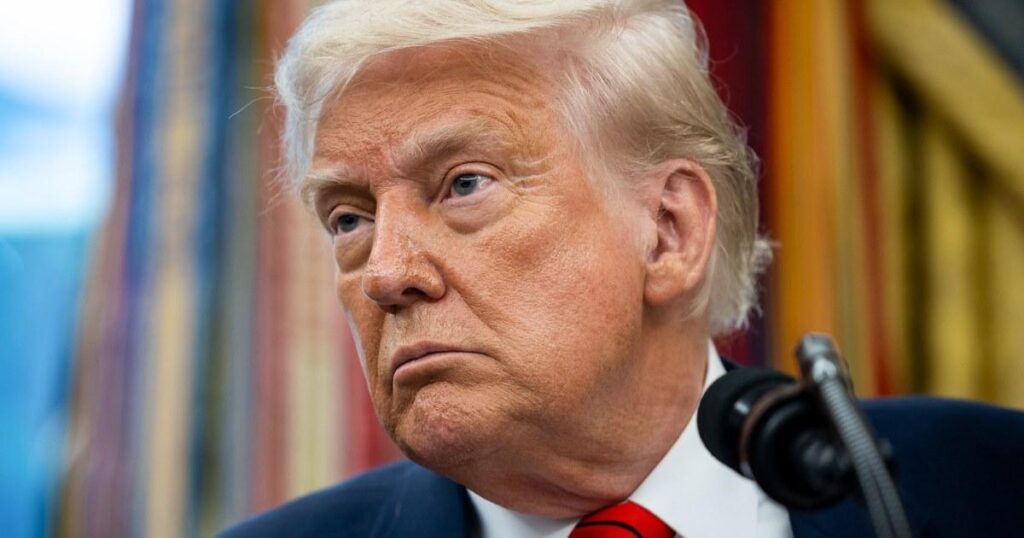Trump Aims to Slash Pell Grants, Limiting Low-Income Students’ College Access
For many students and their families, federal student aid is crucial for college access. Approximately 40% of undergraduate students rely on Pell Grants, a type of federal aid provided to low-income families demonstrating financial need on the Free Application for Federal Student Aid.
Impact of Pell Grant Cuts on College Students
If the president’s proposed cuts are implemented and sustained over 4 years, the average student debt at graduation could increase by about $6,500 among bachelor’s degree recipients who received Pell Grants, according to Kantrowitz’s calculations.
The Congressional Budget Office has forecasted a shortfall this year, partly due to more students qualifying for Pell Grants as a result of changes to the financial aid application process, leading to an increase in college enrollments.
President Donald Trump’s budget proposal highlighted the need for changes to the Pell Grant program, citing a looming deficit. However, critics, including top-ranking Democrats and college advocates, argue that cuts could have been avoided in other areas, ultimately burdening students.
The Pell Grant program operates similarly to entitlement programs like Social Security and Medicare, ensuring that every eligible student receives a Pell award.


